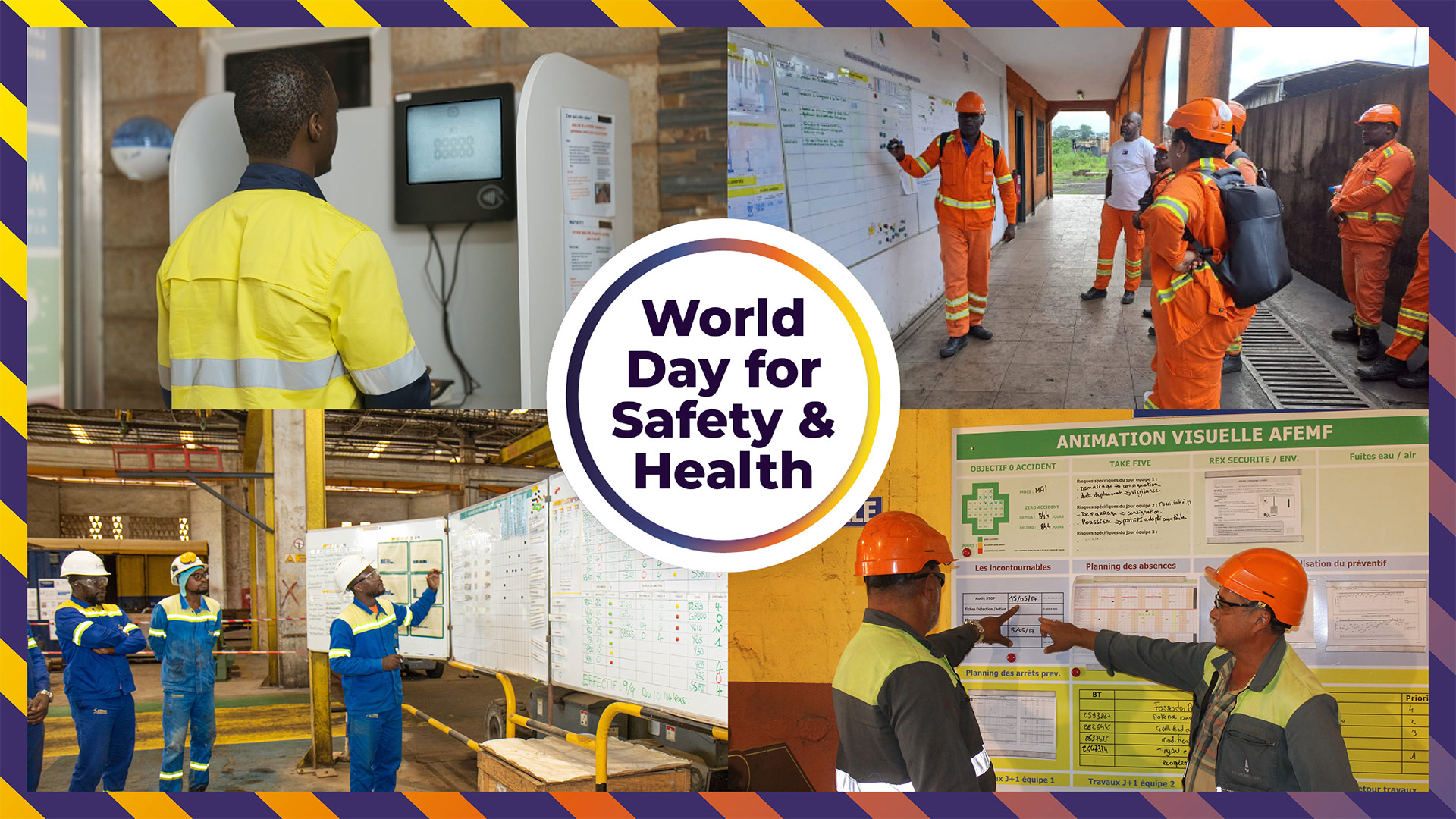Every year, Eramet celebrates World Safety Day (WSD) across all its sites worldwide. This year, the event evolves into World Safety and Health Day (WSHD), reflecting two major priorities of our CSR roadmap, Act for Positive Mining.
For the 2025 edition, Eramet focuses its awareness-raising efforts on two complementary themes: safety management routines and fatigue management.
Safety and Health: Two Closely Linked Issues
Eramet dedicates a significant part of its efforts to accident prevention as well as to less visible factors, such as fatigue.
Fatigue represents a major risk, especially at our mining and industrial sites, where operations are sometimes carried out under challenging conditions: reduced oxygen levels at high altitudes in Argentina impacting sleep quality, high nighttime temperatures in Africa, Asia, or Oceania hampering falling asleep, and shift work.
Indeed, fatigue directly affects alertness, coordination, reaction time, and decision-making, and can lead to dangerous situations – notably when operating machinery, working at heights, handling heavy equipment, or managing complex systems. By impairing physical and mental performance, fatigue increases the risk of mistakes and human errors, thereby heightening accident risks.
This 2025 edition therefore marks a turning point: integrating health into our World Safety Day reflects our commitment to promoting a comprehensive prevention culture.
Routines to Break the Routine
Safety management routines are part of daily operations at our sites and are central to our prevention strategy.
These routines consist of a series of regular actions and practices aimed at ensuring a safe working environment and sustainable operational excellence.
For the 2025 WSHD, the Group has chosen to highlight three key routines applicable to both employees and contractors:
- Visual Performance Animation (VPA), a pre-task analysis to identify risks and adapt protective and preventive measures before any intervention.
- Safety Interactions, regular field exchanges to observe, listen, reinforce good behaviors, and correct risky behaviors.
- Verification of Critical Controls for high-risk activities, ensuring that safety measures and conditions are understood, implemented, and respected in the field for safe operations.
Far from being mere mandatory and “routine” procedures, these recurring actions form a set of practices integrated into the Group’s safety culture, serving a common goal: “zero accidents” and “zero injuries.”
Technology Serving the Fight Against Fatigue
Fatigue is a significant challenge in the daily professional life within a mining company: it can impact both performance and safety, on-site and off-site.
Various fatigue management systems are currently in use at some of our sites. For instance, the OSPAT tool assesses employees’ vigilance levels before they start their shift; or fatigue detection camera systems installed in heavy vehicles, alerting drivers in real-time.
The goal of these tools is twofold: to make employees aware of their physical state, and to enable managers to adapt work organization as necessary to ensure everyone’s safety.




